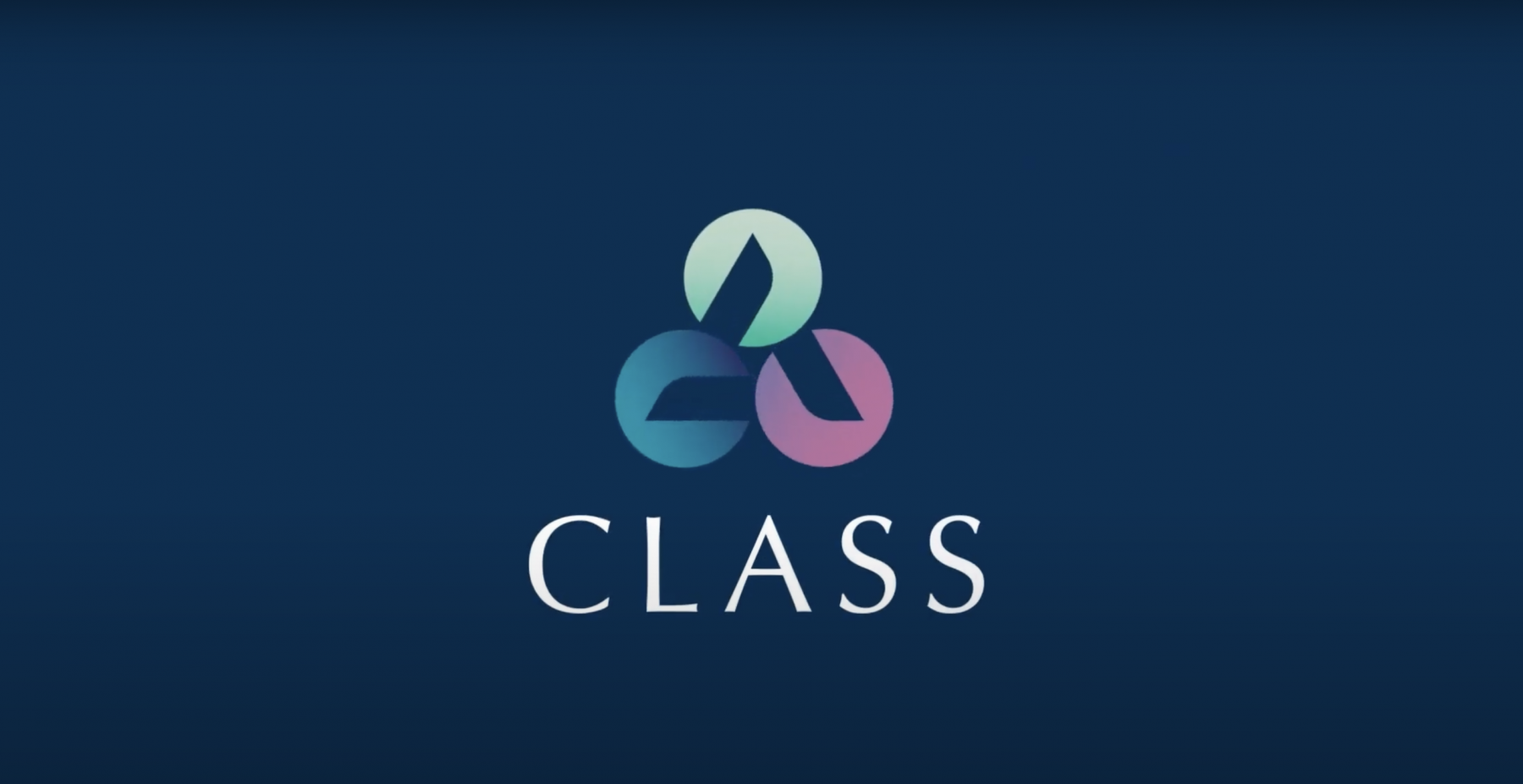SMSF trustees hold, on average, as much wealth outside their SMSF as inside, not including the family home.
So most SMSF trustees likely have substantial wealth outside their super fund, whether that be a share portfolio, a company, or a family trust. Managing these diverse assets necessitates robust trust accounting and SMSF administration solutions.
But if the SMSF trustee wants to know the current size of their wealth, or how a certain action or event affects their tax liabilities or asset allocation overall, the incompatibilities of the different systems which have been developed to manage each investment type make this extremely difficult.
Their share portfolio might be administered on a traditional investment platform by their financial planner, while their SMSF and family trust are managed using Class SMSF Administration Software, ensuring streamlined trust administration and compliance.
It’s understandable why these systems have developed the way they have. Each profession has its own area of expertise: accountants are experts on tax and compliance, financial advisers focus on shares and lawyers the Byzantine rules surrounding trusts. Also, existing platforms and software providers servicing the different portfolio types have invested many millions of dollars in developing their proprietary systems and they do not see it as in their interests to give others access.
For an accountant trying to give “whole of wealth” advice to their client, it means either extending their services into the financial advice area and obtaining an AFSL, which many accountants are showing little appetite for, or trying to work more closely with a financial planner, which still leaves the problem that planners are using incompatible software for portfolio management.
Even accountants and planners working together, either in the same firm, or as allied businesses, find that data must be entered twice, and they cannot tell a client what is happening in one area of their wealth without consulting another professional, wasting time and effort and increasing the chance of error.
It shouldn’t have to be this way.
With the increasing adoption of cloud-based solutions like Class Super and Class Trust, SMSFs and other portfolio types can be administered on a unified platform, providing accountants, financial advisers, and corporate trustee services with a comprehensive, consolidated view of a client’s wealth.




